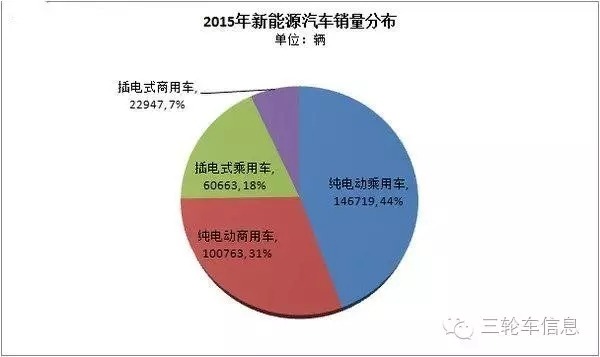
There are many challenges in the future
We have to admit that the biggest problem of China's new energy commercial vehicles is the lack of new energy parts enterprises, which is consistent with the traditional automobile industry. Although there is little gap between China's new energy vehicle industry and European and American countries, there is a lack of excellent parts enterprises, which is also one of the reasons why China's automobile manufacturing industry is large but not strong.
For a simple example, the average annual salary of workers in Honda Foshan parts company is about 15000RMB. In a complete vehicle enterprise of Honda in Guangzhou, the annual salary of workers is about 57000RMB. Guangzhou and Foshan are less than 30 kilometers apart, with an average wage difference of 42000 RMB nearly four times the difference. Referring to the house prices of the two places, Guangzhou is 7500 RMB ~ 12000RMB and Foshan is about 6000RMB, with the difference less than double. This reflects the current market situation of light parts of reformed vehicles from the side.
2. The number of electric piles is limited and there will be great construction pressure in the future.
It is estimated that 4.8 million electric vehicle charging piles will be built in 2020 to barely meet the charging demand of new energy rail transit. However, according to the data of the industry and Information Technology Commission, by the end of last year, the number of public electric vehicle charging piles in China was only 49000, which could not meet the power demand.
3. The purchase price is high and the subsidy standard is declining
Even in the case of government subsidies for reduction or exemption of purchase tax, the purchase price of new energy vehicles is also high. "Do I pay 700000 for an electric car?", Mr. Jiang, who came to Chengdu taiguli to visit Tesla new energy auto show, said. Many car buyers also hope to use new energy vehicles, but the price discourages them.
On the other hand, the government implemented the subsidy standard retrogression system, which weakened consumers' purchase enthusiasm. From 2017 to 2018, the subsidy standard for new energy vehicles will be reduced by 20% from 2016 and 40% from 2019 to 2020. After 2020, the subsidy policy will be withdrawn.
It is in line with long-term development and has good prospects in the future
Party secretary of BAIC group Chairman Xu Heyi said: "The technological level of China's automobile industry is far from that of foreign countries. There is no way out without developing new energy. It is almost impossible to catch up with foreign automobile enterprises by relying on fuel vehicles. If we overtake by traditional fuel vehicles, our generation will certainly not see it, and it is difficult to say whether the next generation can see it or not. Foreign enterprises are rich in size and develop rapidly. However, in terms of new energy, China's technology is not poor, and China has energy and environmental problems The problem exists, which will urge China to speed up the research and development of new energy. "
In the future, new energy will surely become the choice for the development of the world's automobile industry and the inevitable choice for high fuel consumption commercial vehicles.
Next One: The future development prospect of low-speed four-wheel electric vehicle is considerable
Online message
